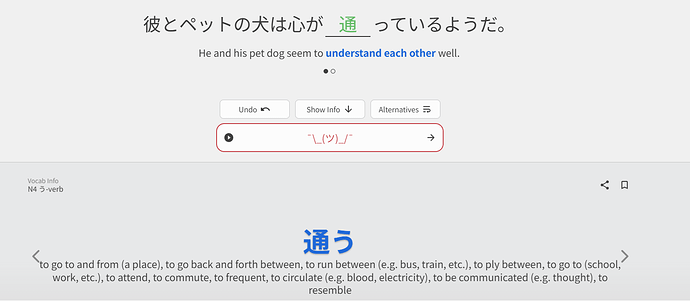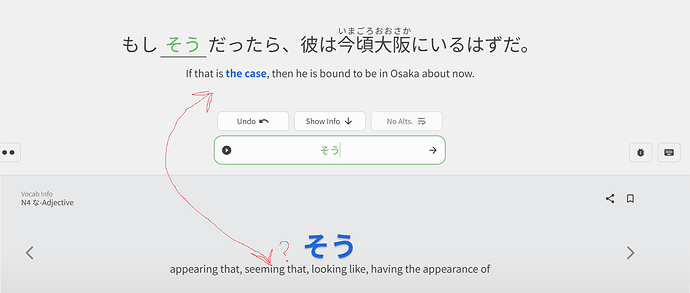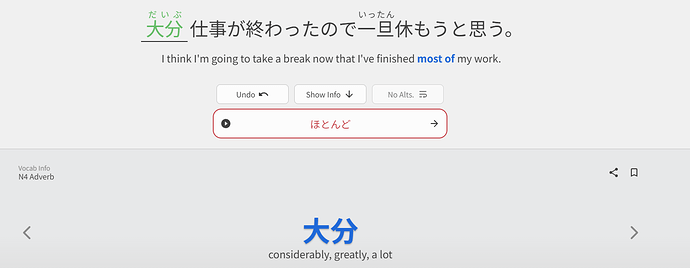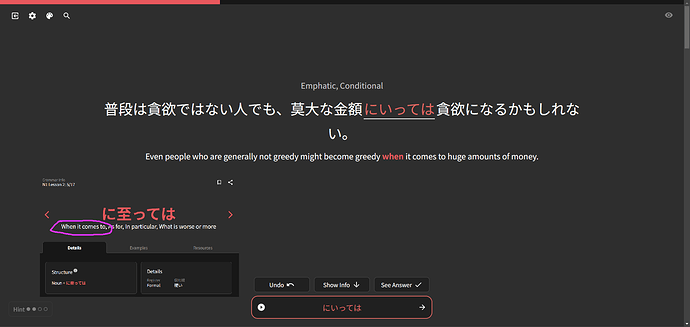This has bugged me for a while now but now that I’m progressing through N1 it has got very bad.
The grammar point I’m going to pick on as an example of this is the following from N2, but there are MANY examples throughout bunpro like this that feel like they’re purposely making you fail your SRS.
In this grammar point the following English main translations are given “Despite, In spite of, Regardless, Nevertheless”
And for the learning material they have provided on without spoiling all the example sentences, they used “Despite” 4/5 times.
The problem here is that when its time for reviews, for this example sentence we’re given this translation:
“Even though a space opened, they made a nice play, like usual.”
間隔があいた__、相変わらずいいプレーをしますね。
With the answer being:
間隔があいたにもかかわらず、相変わらずいいプレーをしますね。
Doing a quick search on bunpro reveals there are (FIFTEEN) grammar points with “Even though” being a marked translation, and in this case にもかかわらず is not one of them.
Before any misunderstanding you may read this as immediately go ‘Ah but Even though and Despite do make sense to be interchanged!’ and I would agree, but that isn’t what has been taught and its absolutely maddening that on top of an already existing 15 other grammar points that might be applicable to the sentence with the same translation, you now need to also account for hidden synonyms which were not defined on a grammar point that already has 4 main English translations.
Sorry if this turned into a rant, but I would really appreciate if all grammar sentences in bunpro strictly used exactly what they taught as one of the main translations, it becomes uncanny and almost purposely failing if you want users to English to Japanese translate synonym meanings when they were never taught that way. There are dozens of examples I could post here, in which is especially bad in N1, but this one highlights it enough.





 It seems you’re seeing an older version of the sentence. I recommend redownloading the site data through the in-app settings or clearing your cache in the browser every week or so to ensure you can see the most recent versions of the sentences.
It seems you’re seeing an older version of the sentence. I recommend redownloading the site data through the in-app settings or clearing your cache in the browser every week or so to ensure you can see the most recent versions of the sentences.



